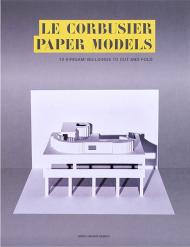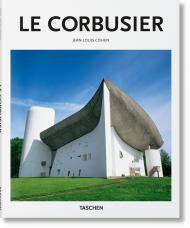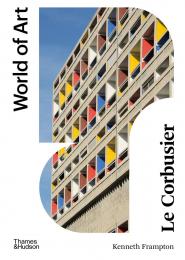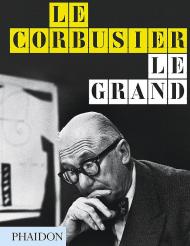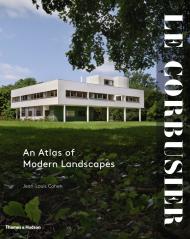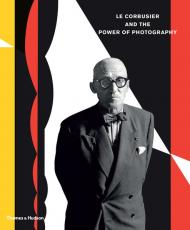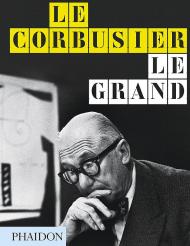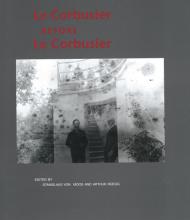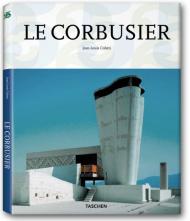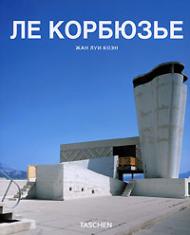Building the future. The man with a modern mission
Even in his unrealised projects, Le Corbusier redefined modern living, synthesising functionalism, expressionism, and expansive urban thinking from Switzerland to Chandigarh, India. This book provides a succinct introduction to his trailblazing ideas, writings, and buildings, which continue to resonate and influence to this day.
Born Charles-Édouard Jeanneret, Le Corbusier (1887–1965) is widely acclaimed as the most influential architect of the 20th century. From private villas to mass social housing projects, his radical ideas, designs, and writings presented a whole-scale reinvention not only of individual structures but of entire concepts of modern living.
Le Corbusier’s work made distinct developments over the years, from early vernacular houses in Switzerland through dazzling white, purist villas to dynamic syntheses of art and architecture such as the chapel at Ronchamp and the civic buildings in Chandigarh, India. A hallmark throughout was his ability to combine functionalist aspirations with a strong sense of expressionism, as well as a broader and empathetic understanding of urban planning. He was a founding member of the Congrès international d’architecture moderne (CIAM), which championed “architecture as a social art.”
This book presents some of Le Corbusier’s landmark projects to introduce an architect, thinker, and modern pioneer who, even in his unrealized projects, offered discussion and inspiration for generations to come.
The author:
In 1997, the French Minister of Culture appointed Jean-Louis Cohen to create the Cité de l’architecture — a museum, research, and exhibition center in Paris’s Palais de Chaillot. Cohen’s research has focused principally on 20th-century architecture and urban planning, and his studies on German and Soviet architectural cultures. The author and curator of numerous books and exhibitions on architecture, he is an internationally acknowledged authority on Le Corbusier’s work.
The editor:
Peter Gössel runs an agency for museum and exhibition design. He has published TASCHEN monographs on Julius Shulman, R. M. Schindler, John Lautner, and Richard Neutra, as well as several titles in the Basic Architecture series.
About the series:
Each book in TASCHEN’s Basic Architecture series features:
- an introduction to the life and work of the architect
- the major works in chronological order
- information about the clients, architectural preconditions as well as construction problems and resolutions
- a list of all the selected works and a map indicating the locations of the best and most famous buildings
- approximately 120 illustrations (photographs, sketches, drafts, and plans)
